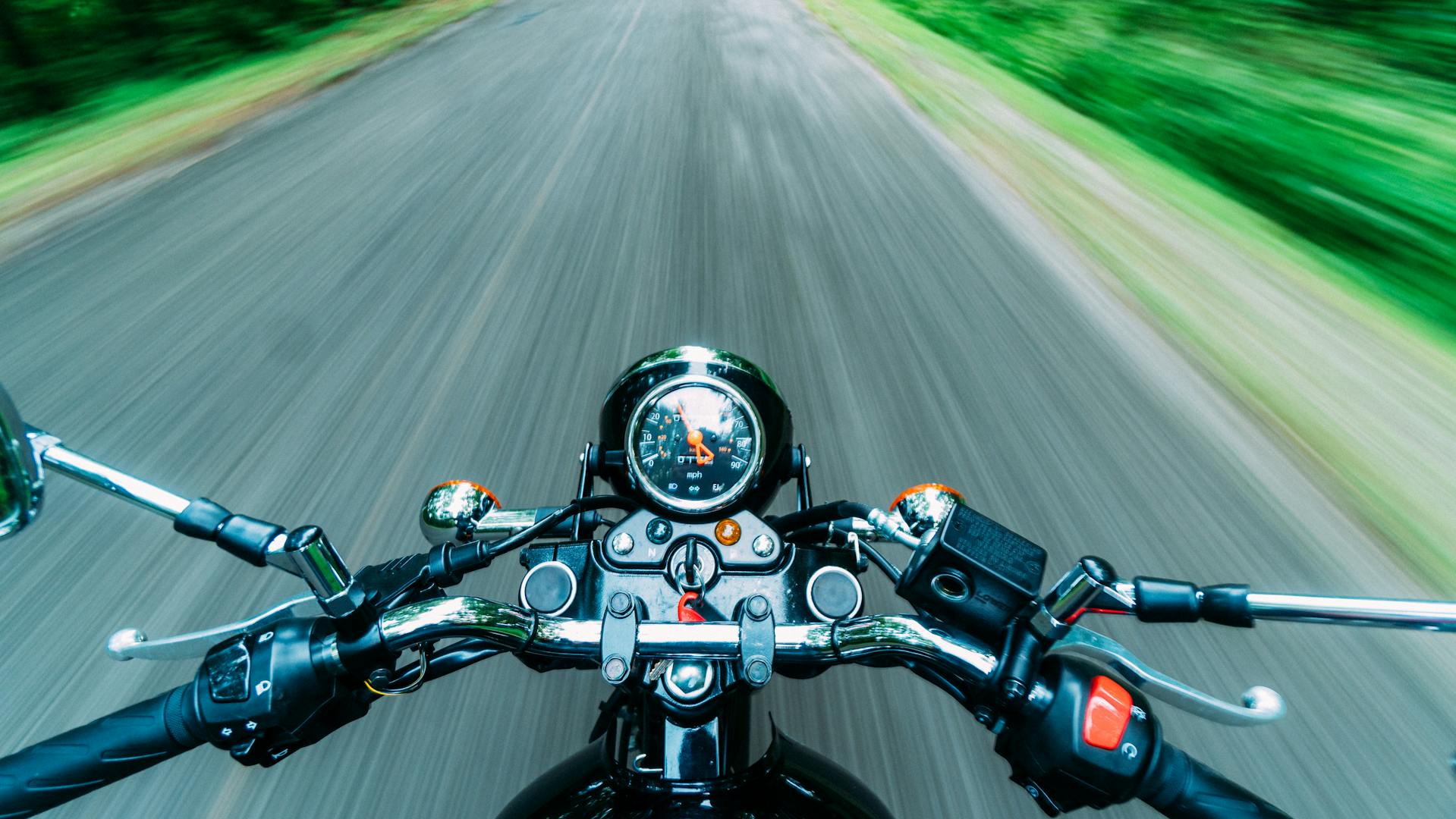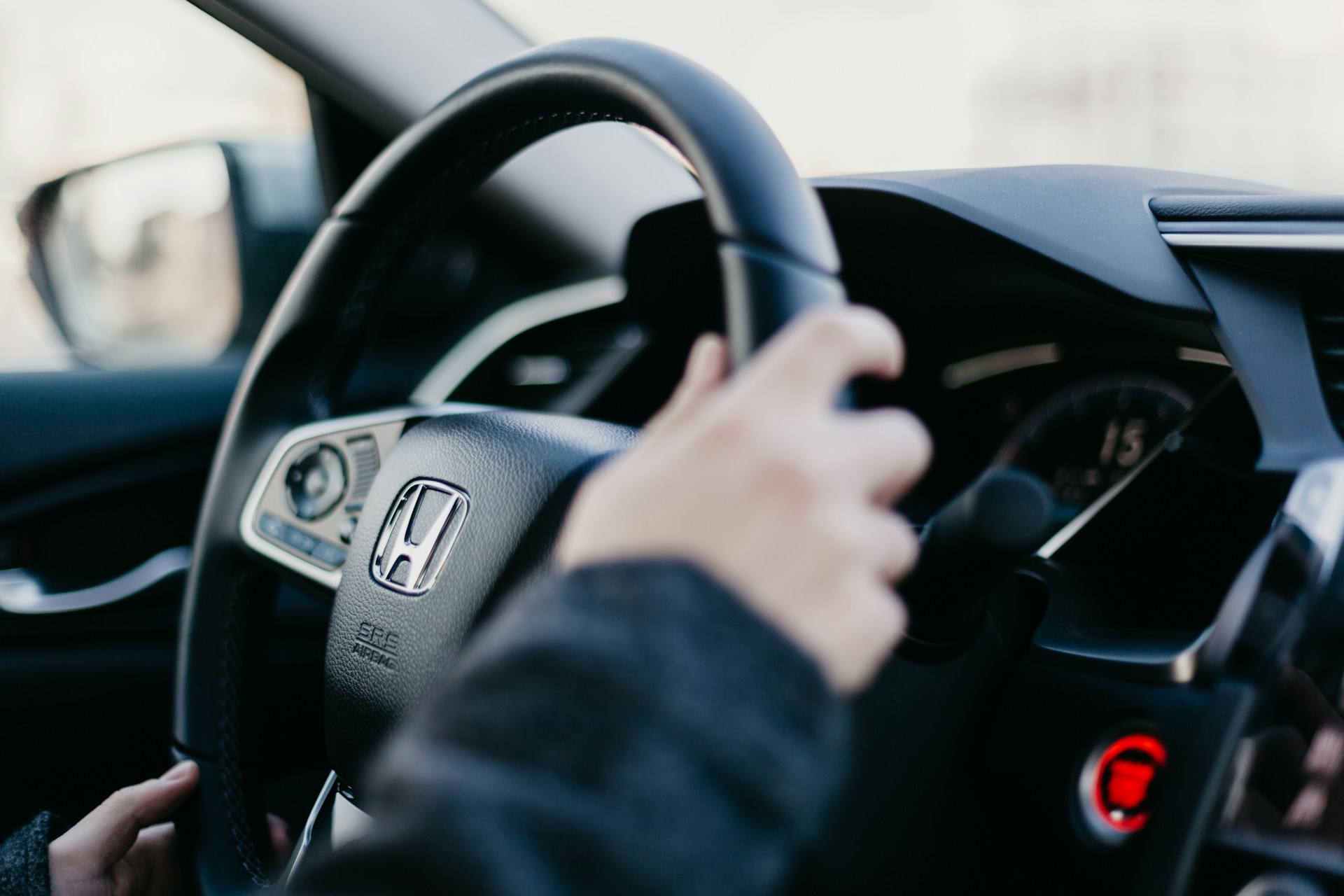Undertaking your first track day is an exhilarating experience for any automotive enthusiast. The thrill of pushing your car to its limits in a controlled environment is second to none. However, proper preparation is key to ensuring that you and your car are ready to hit the track in a safe and enjoyable way. This guide will help you know what to bring and what to expect on your first track day.
Pre-Track Day Preparation
Before you even think about what to pack, it’s crucial to make sure your car is track-ready. Check the basics: tire tread, brake pads, and fluid levels. Ensure your car is in top mechanical condition to handle the demands of track driving. It’s also a good idea to have your car inspected by a professional mechanic if you’re not confident in your ability to do so yourself.
Once your car is ready, the next step is to register for the track day and understand the rules and requirements of the particular track and event. Some tracks have specific noise limits, helmet standards, and safety gear requirements. Make sure to read all the information provided by the event organizers.
Essential Gear for the Track
When it comes to gear, there are several items that are absolutely essential for your safety and comfort on the track.
First and foremost, a quality helmet is mandatory. Ensure it meets the required safety standards, which are typically Snell or DOT approved. It’s wise to invest in a good helmet as it is a critical piece of safety equipment. An open face helmet is often used in track driving, but full face helmets offer more protection while sacrificing some comfort and visibility.
Wear appropriate clothing. Most tracks require long sleeves and pants made from natural fibers such as cotton. Closed toed shoes are a must, but you can up your experience with driving gloves and shoes to enhance your control and comfort. Racing suits are a great investment for those who plan to participate regularly.
A tire pressure gauge is a must-have. Tire pressure can significantly affect your car’s handling, and it often needs adjusting for track conditions. A portable air compressor can also come in handy for making those adjustments on the spot.
Tools and Maintenance Supplies
Bring a basic toolkit. At the very least, include screwdrivers, wrenches, a variety of sockets, and a jack. A torque wrench is particularly useful for ensuring any of your maintenance items or track fixes are properly tightened.
Don’t forget fluids. Bring extra oil, brake fluid, coolant, and windshield washer fluid. Track driving puts extra stress on your car, and having spare fluids can prevent minor issues from becoming major problems.
Consider bringing a fire extinguisher. While it’s unlikely you’ll need it, it’s better to be safe, especially when pushing your car to the limit.
Comfort and Convenience
Track days can be long, so it’s essential to stay comfortable and hydrated. Pack plenty of water and snacks. A cooler can keep your drinks cold and your energy levels up throughout the day.
Shade is also important. If you’re spending the day in the paddock, a pop-up canopy can provide much-needed relief from the sun. Folding chairs and a blanket are also good ideas for resting between sessions.
Documentation and Accessories
Bring all necessary documentation. This includes your driver’s license, car registration, proof of insurance, and any paperwork related to the track day event. It’s also a good idea to have a copy of the track map and the day’s schedule.
Don’t forget a phone charger. You’ll likely be using your phone for taking photos, recording videos, or using a timing app. Keeping it charged ensures you don’t miss out on any memories or data.
Consider Towing Your Vehicle
For those who are particularly serious about track days or who drive heavily modified cars, towing your vehicle to the track is a smart option. Using a truck and trailer means you don’t have to worry about breakdowns or wear and tear on the way to and from the track. It also allows you to bring more tools, spare parts, and comfort items. If you decide to tow, make sure your trailer is in good condition and you are comfortable with the towing process as poor maintenance and driver mistakes are a common cause of truck accidents.
On the Day of the Event
Arrive early. This gives you plenty of time to unpack, register, attend the drivers’ meeting, and get a feel for the track. Walk the track if possible. It helps to familiarize yourself with the turns, braking zones, and potential hazards.
Take it easy during your initial sessions. Use these to warm up both yourself and your car, and to get a feel for the track conditions. Focus on being smooth and consistent rather than fast. As you build confidence, you can start pushing the limits.
Remember to take breaks. Track driving is physically and mentally demanding. Resting between sessions helps you stay sharp and prevents fatigue-related mistakes.
Post-Track Day Care
After a day of high-performance driving, your car will need some attention. Check your tires for wear and inspect your brake pads and rotors. Top off any fluids that may have been depleted and give your car a thorough inspection. This ensures it’s ready for your next track adventure.
In conclusion, preparation is the key to a successful and enjoyable first track day. By bringing the right gear and taking the necessary precautions, you’ll be well-equipped to make the most of your experience. So pack your essentials, check your car, and get ready to hit the track with confidence. Happy racing!







